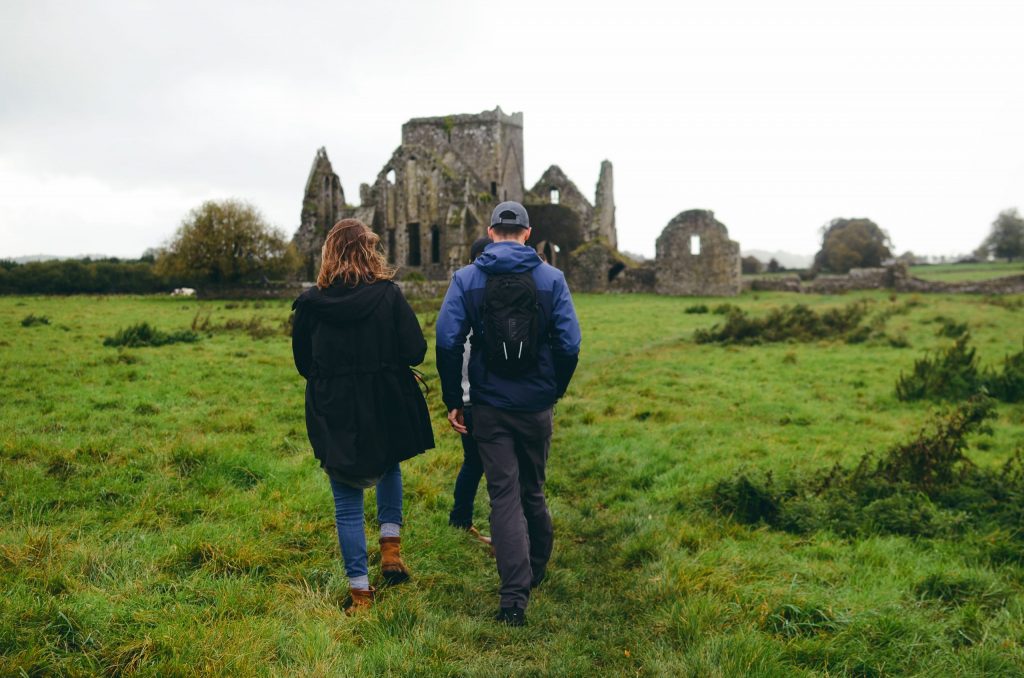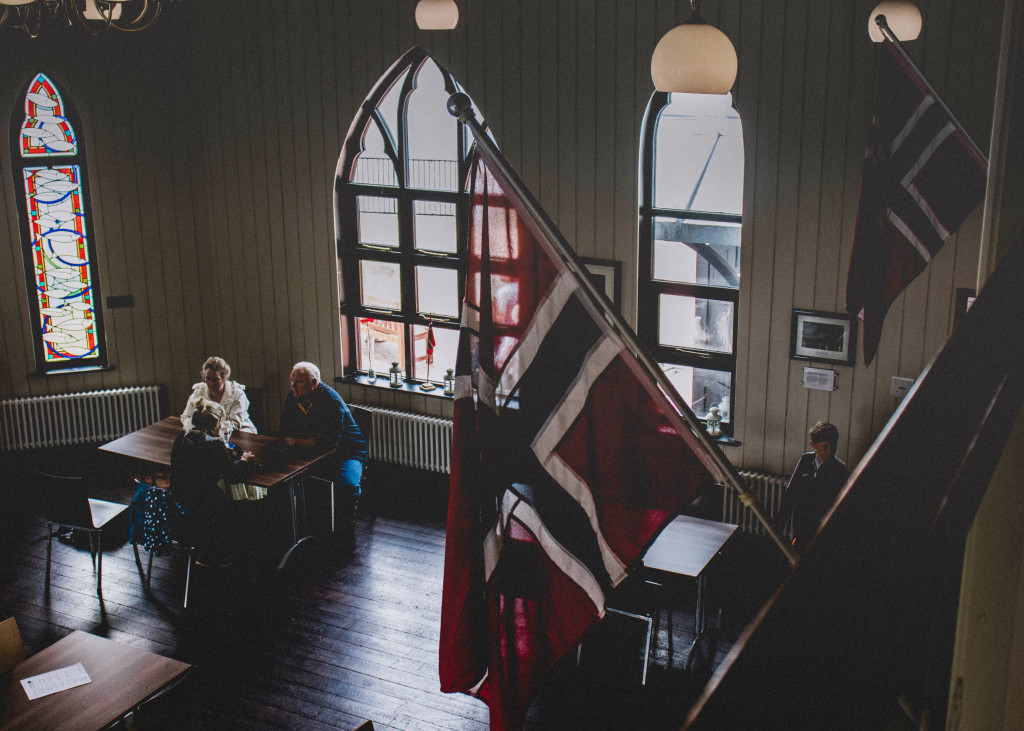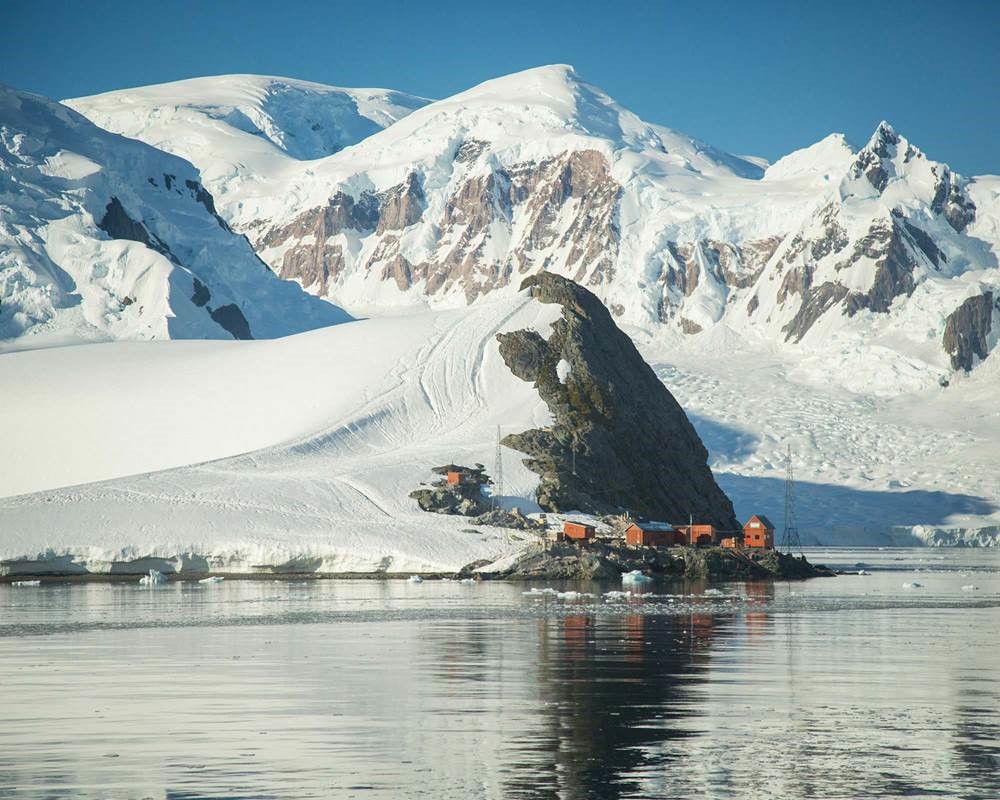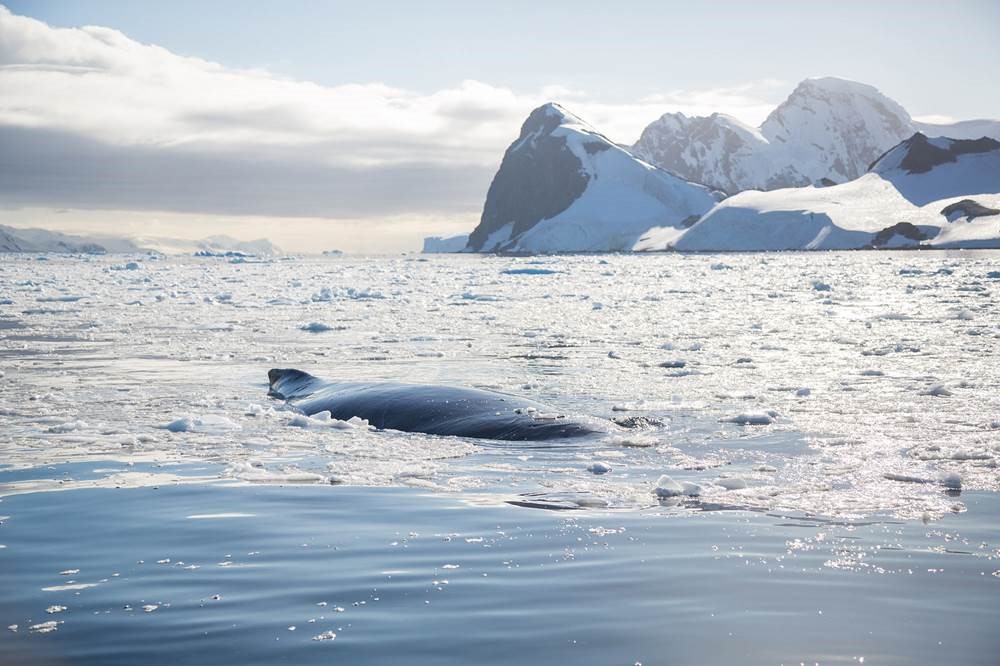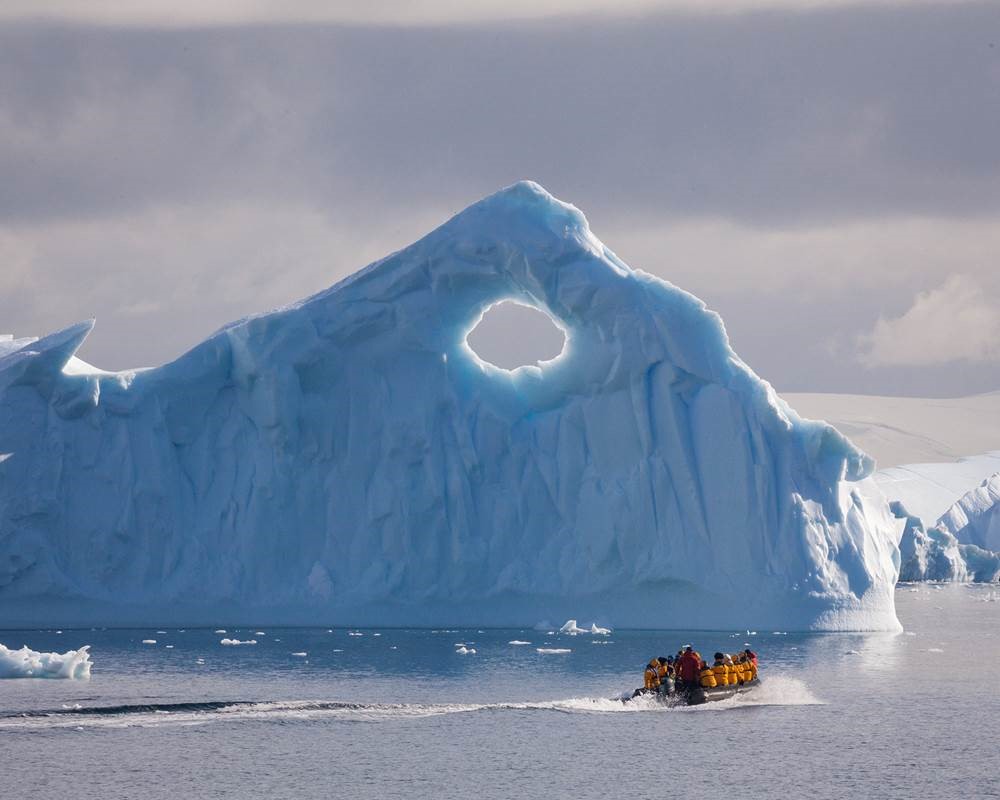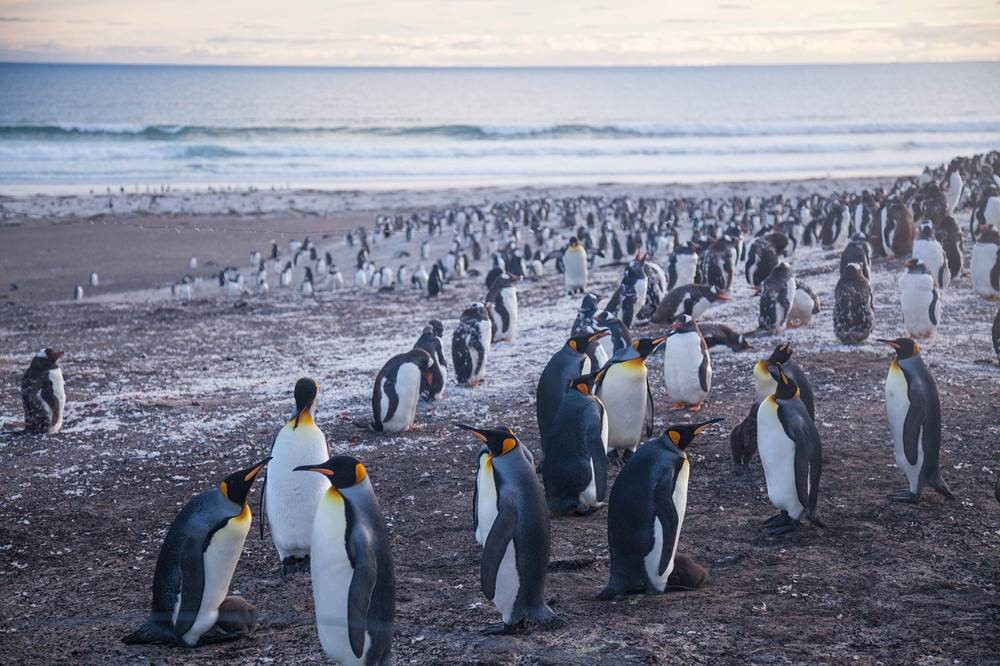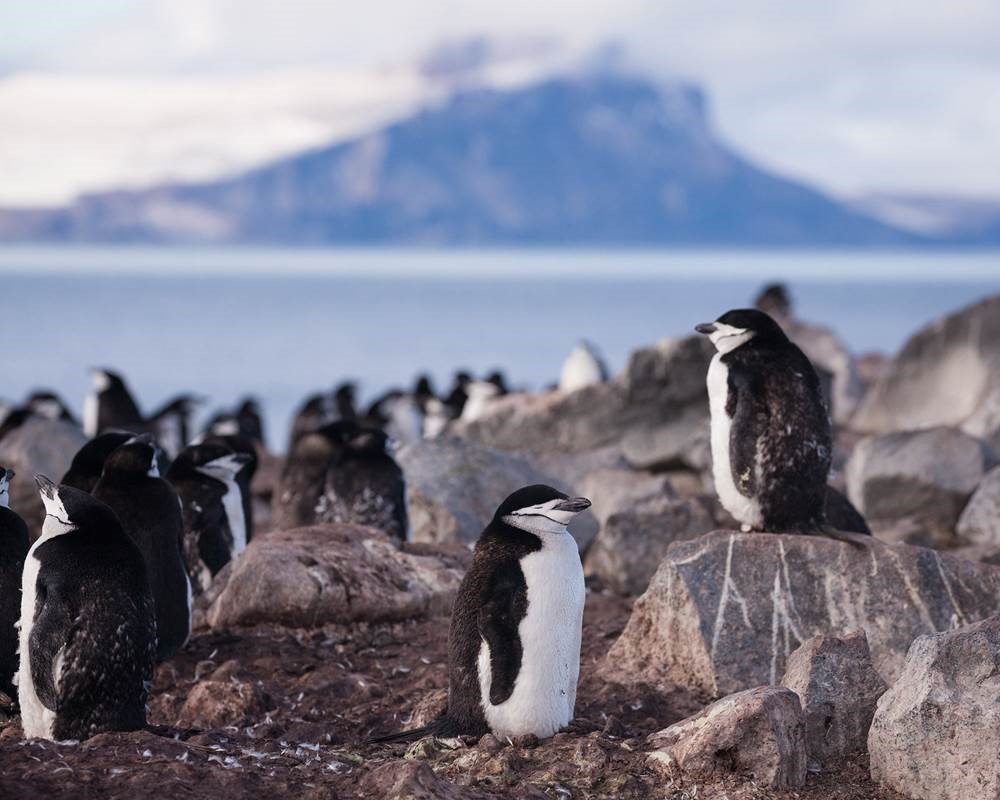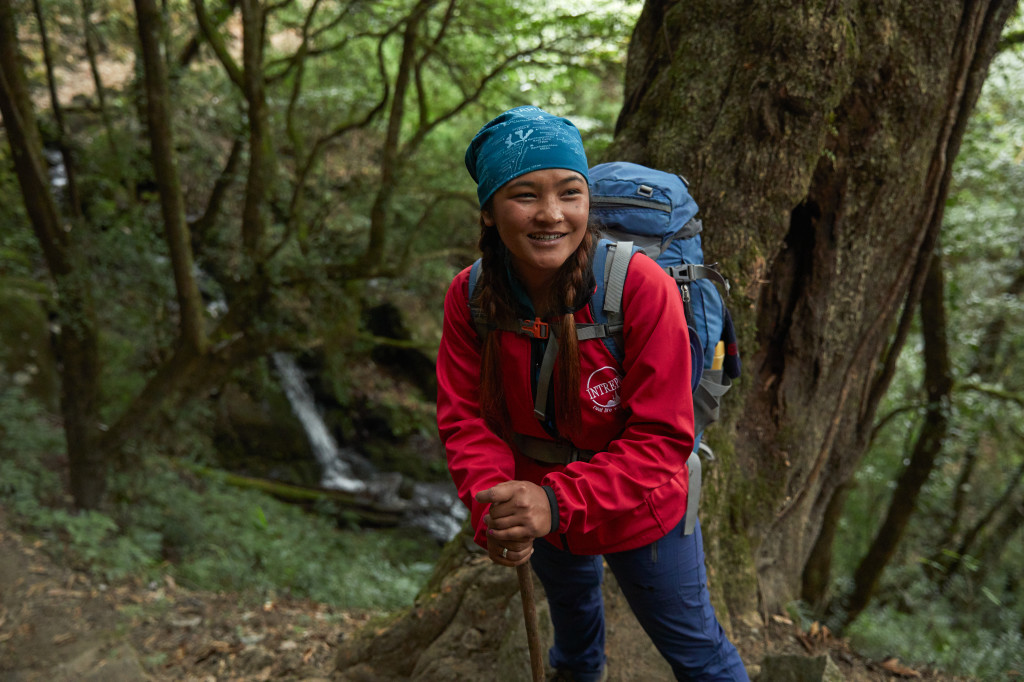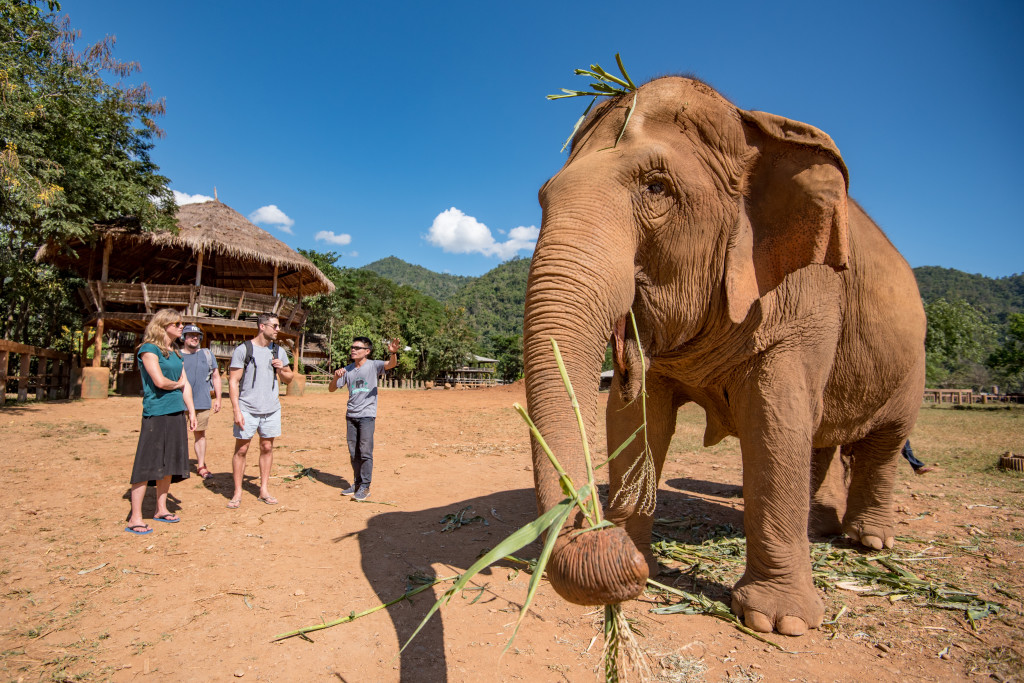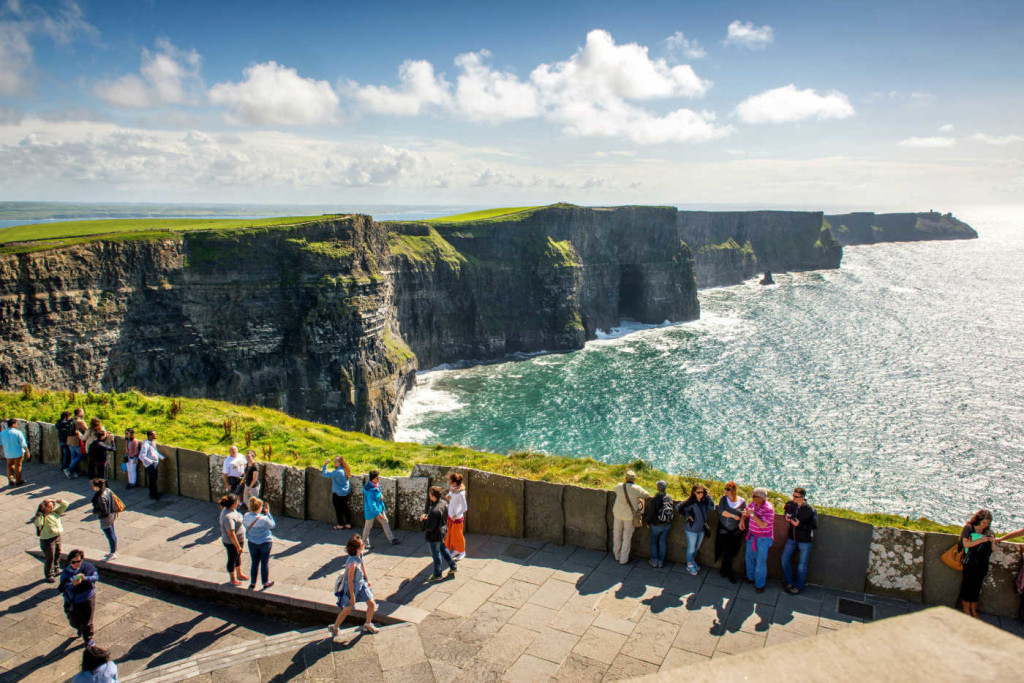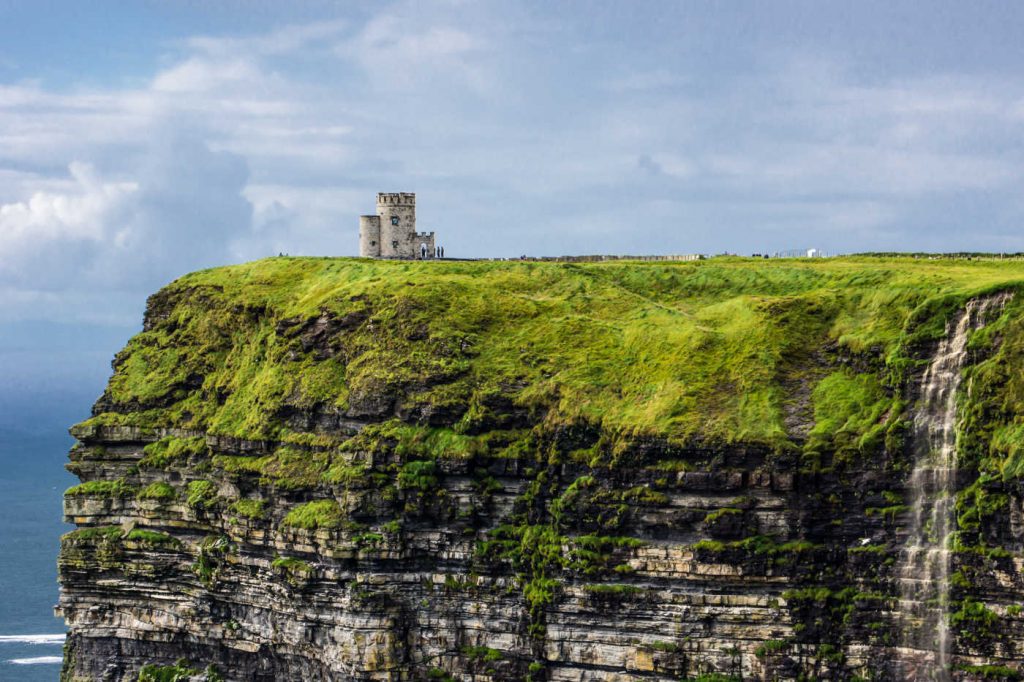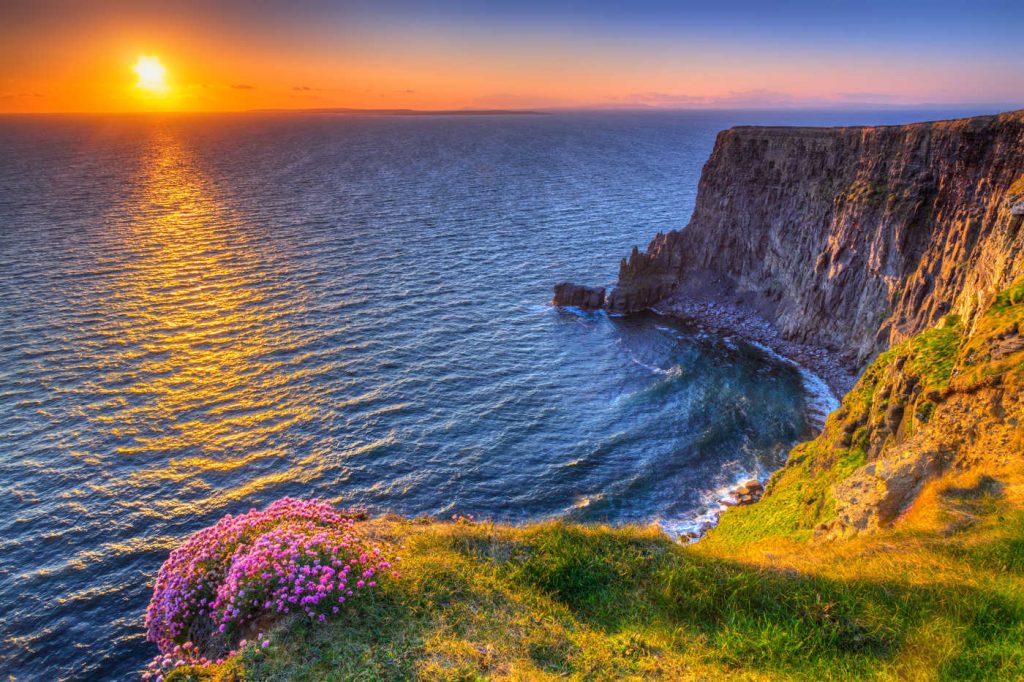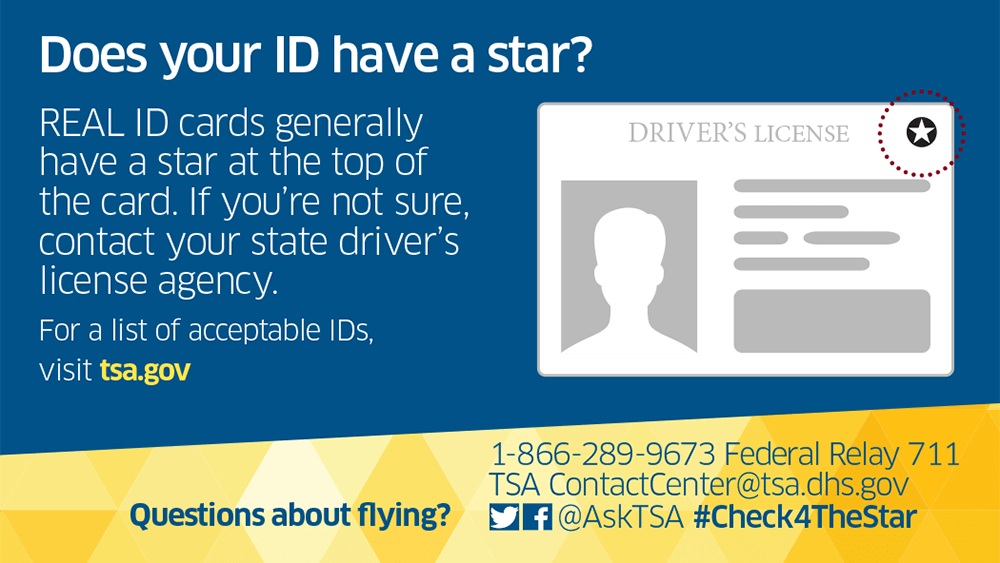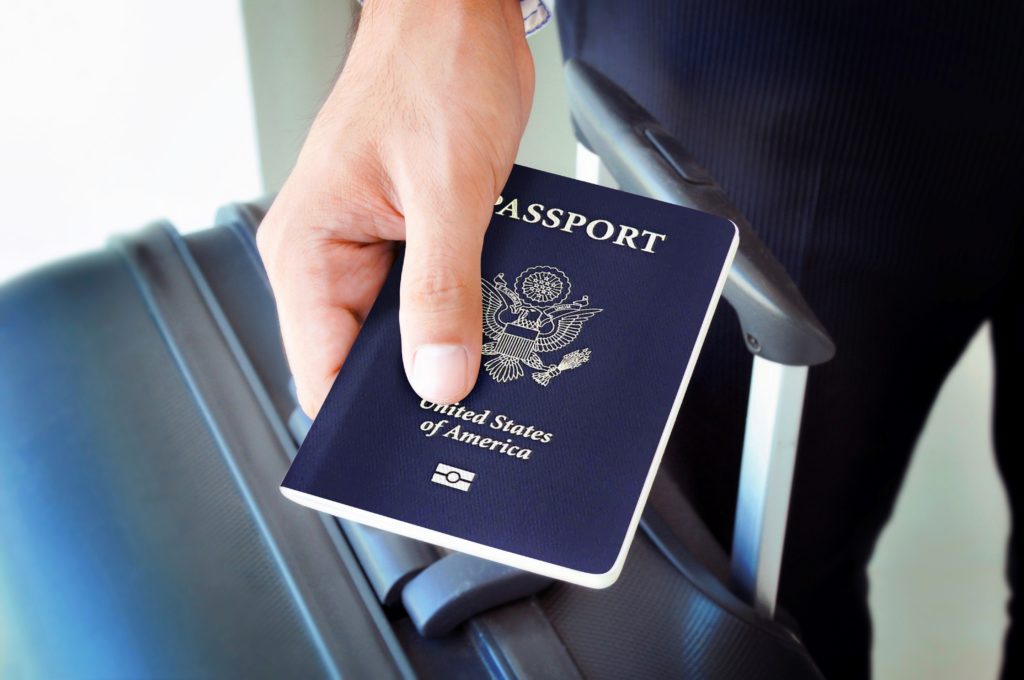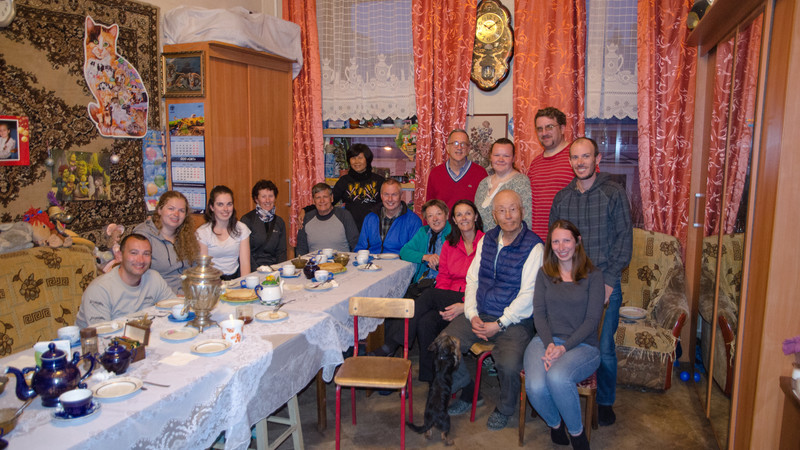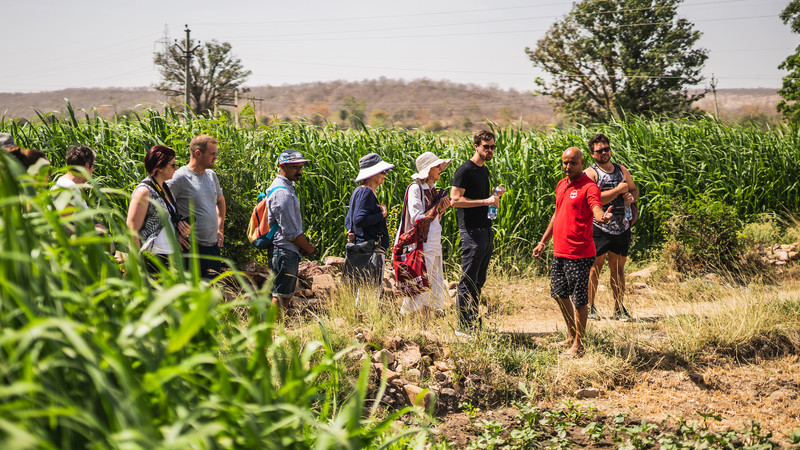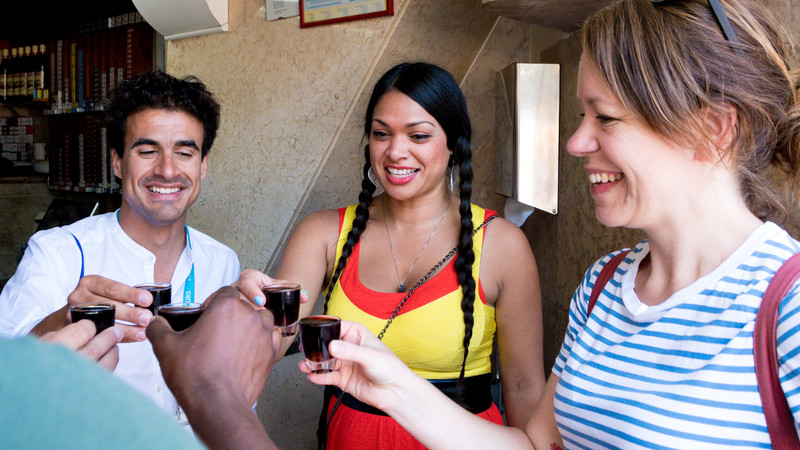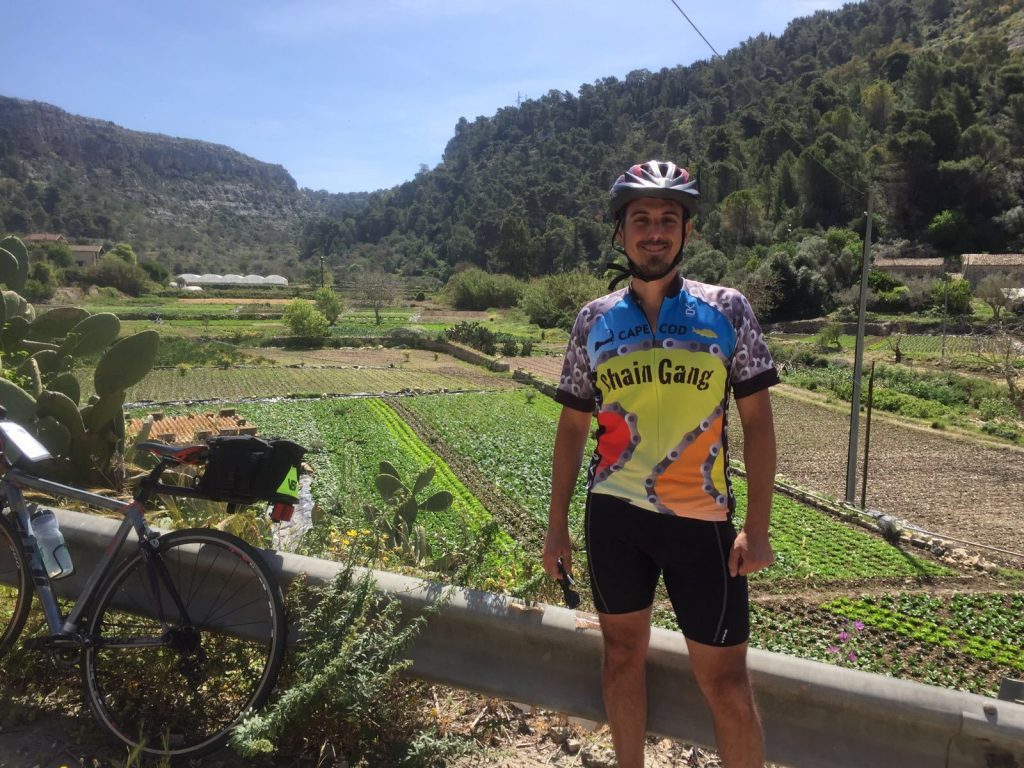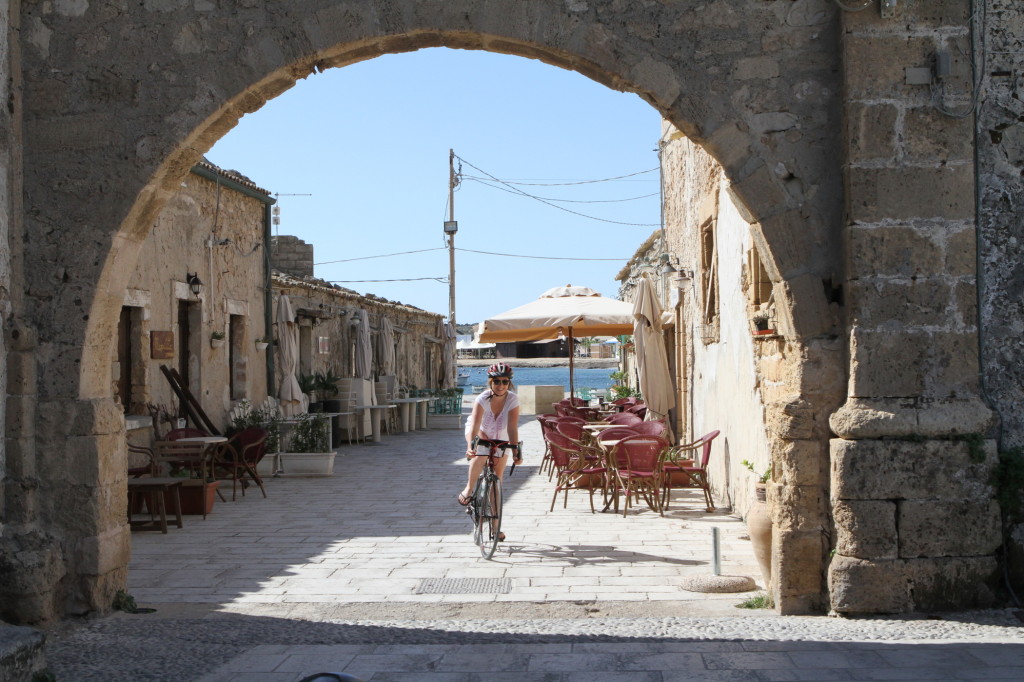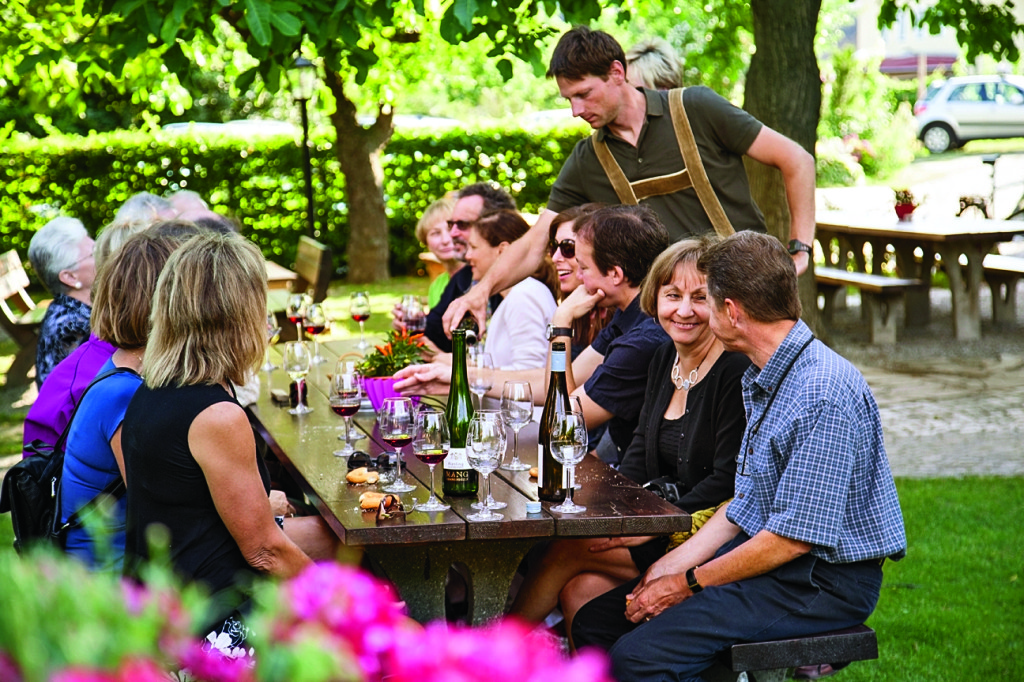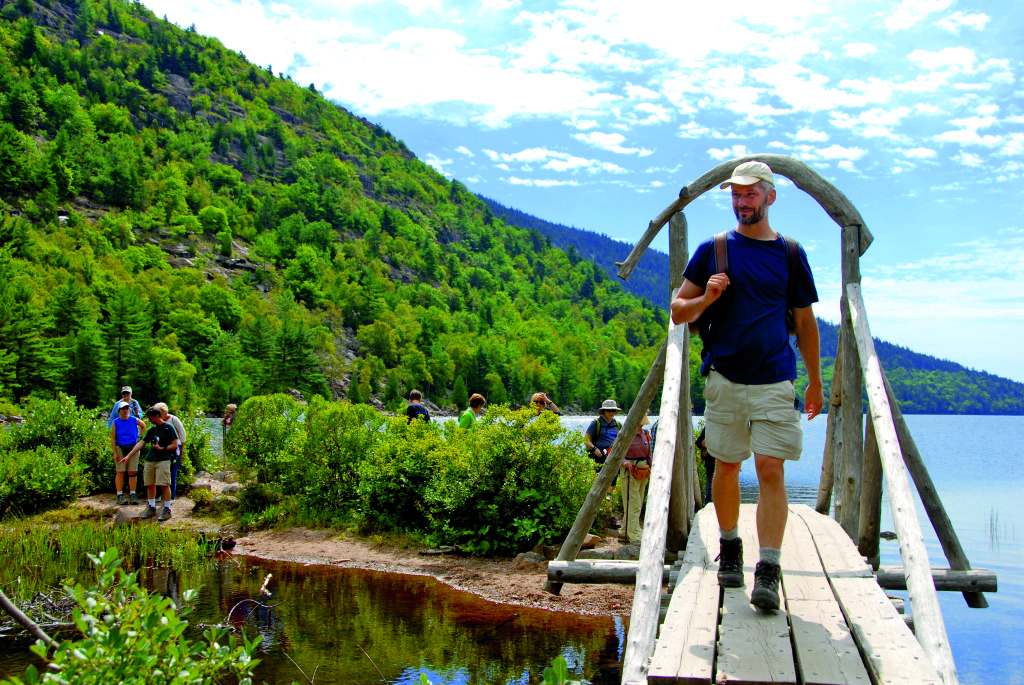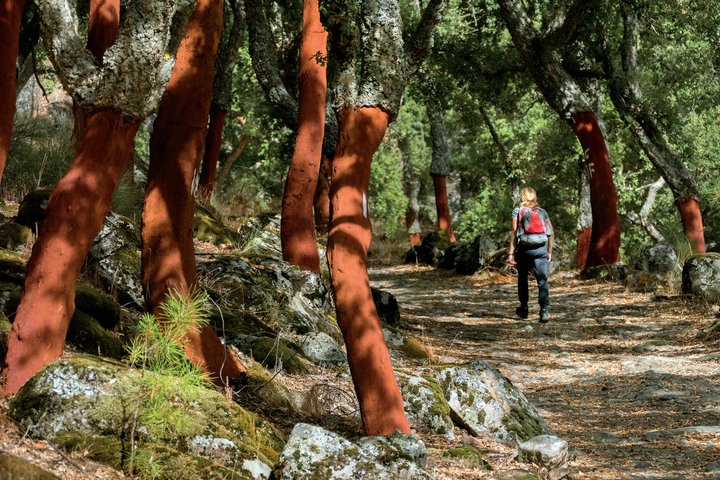Heritage Travel in the UK and Ireland
The United States is home to a spectacular diversity of cultures—cultures that connect us to histories and communities and people across the globe. Every American has a heritage story that takes us beyond our country’s borders and into the wider world.
Fueled by television shows like “Who Do You Think You Are?” (wherein celebrities trace their ancestry overseas), our interest in our own genealogy has skyrocketed. We’re learning that our identities are strongly rooted in the identities of those who came before us, and that it’s important to know where we come from in order to know where we’re going.
What is Heritage Travel?
Heritage travel is a way for people to connect to their roots in their ancestors’ home country. Depending on how much you’d like to learn about your history, this type of travel can encompass a range of activities. Some people may choose to explore the archives of ancestry agencies, while others prefer to simply taste the foods their ancestors ate or walk the streets where their ancestors lived.
Heritage Travel Destinations
As part of the English, Irish, Scottish, or Welsh diasporas, many Americans can trace their genealogies to ancestors across the UK and Ireland. If you’re planning a heritage trip to one of these destinations, here are some ideas for your travels:
Ireland
Considering that one in every nine Americans can trace their ancestry back to Ireland, the Emerald Isle is among the most popular destinations for a heritage trip. You can access Catholic parish registries in towns like Adare and Shannon, comb through records at the National Archives, or consult with a professional genealogist at the Irish Family History Centre in Dublin. Another great resource is the Glasnevin Cemetery Museum, which employs a resident genealogist to help you access over 1.5 million burial records dating back to 1828.
England
In 1538, King Henry VIII’s chief advisor, Thomas Cromwell, decreed that every church in England maintain records of all baptisms, marriages, and burials. Today, these parish archives provide information about ancestors who lived as far back as the mid-1500s. The Society of Genealogists in London houses an extensive collection of published family histories, as well as census records for the whole of the UK. In Kew, the National Archives are an excellent resource for military and court records.
Scotland
Nearly 50 million people around the world claim Scottish ancestry. If you head to Scotland on a heritage trip, you can visit the seat of your ancestor’s clan, get a taste of long-held cultural traditions at the Highland Games, or learn about your ancestor’s trade at museums dedicated to everything from fishing and farming to textiles and war. If you’re in Edinburgh, the ScotlandsPeople Centre at the National Records of Scotland houses a comprehensive collection of census records, marriage and death certificates, parish registries, coats of arms, wills, and more. At the National Library of Scotland, you can look through emigration lists and ship manifests, browse newspaper articles, or locate the graveyards where your ancestors are buried.
Wales
Whether you’re interested in a one-on-one session with a genealogist in Swansea or you’d like to search centuries’ worth of parish records at the Glamorgan Archives in Cardiff, Wales is home to a wealth of family research resources. In addition to its census records, civil registrations, and newspapers, the National Library of Wales in Aberystwyth houses an impressive collection of tithe maps, which show the names of landowners and occupants in parishes across the country. If you don’t find what you’re looking for at the National Library, you may have better luck at a Record Office in the county where your ancestors lived. These can often provide you with photographs, sound recordings, or videos that help connect you to your roots.
Managing Expectations
It’s important to keep in mind that while it can be easy to get your hopes up about finding information that connects you to those who came before, you might not always find what you’re looking for. Remember that at its core, heritage travel is about making connections to your roots, whether that means hearing the languages, tasting the food, walking the streets, or learning the history of the places your ancestors called home.
Established in 1990, Europe Express provides high-quality custom travel to Europe, working exclusively with travel advisors to create unique vacations that fit the needs, interests, and budgets of each individual client. The company serves both group and FIT leisure markets and books everything from air and rail to hotels and sightseeing tours. With a well-traveled reservations team and buying offices in Europe, Europe Express provides seamless service before, during, and after each trip.


